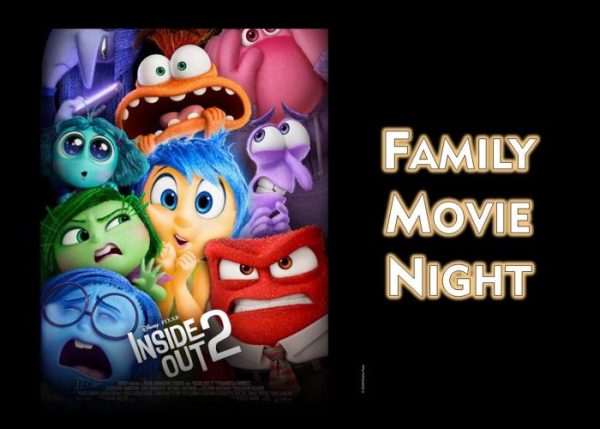Hulu’s The Handmaid’s Tale; A Modern Horror Story
Last week Hulu premiered the first three episodes of “The Handmaid’s Tale,” based on Margaret Atwood’s dystopian themed novel written in 1985. To those who are die-hard dedicated to honoring the written word over the subsequent film, you need not be disappointed. While the Hulu series has plot twists independent from the novel, its message stays on point and does not stray from the all too timely and relevant horror that a totalitarian theocracy can produce.
Atwood styles her writing to voice her protagonist, Offred’s, stream of thought; often disjointed and frequently uncomfortable. The Hulu version mimics this style by dictating the storyline with Offred’s private narration and haunted memories. More poignantly, the show presents Offred’s imprisonment, both physical and mental, through the handmaids’ silent communication; every pause and glance means mountains.
Hulu presents the story in a modern and distressingly similar time period to ours; the planet is practically ruined with human-caused damage, thus threatening food sources and sharply decreasing birth rates. One in five pregnancies make it to birth, and even then, it’s no guarantee that the newborns make it past the first few days. A patriarchal, religious fundamental cult takes control of the United States, and eliminates anyone who gets in the way.
While people from different religious backgrounds and sexual orientations are targeted and murdered, the remaining fertile women are trained to become handmaids: women whose role is to be a subservient object, and to attempt conceiving every month with various commanding officers and other men in power.
Body language and furtive looks become key components of communication between the handmaids, and that is presented memorably well as the main characters question every motive and movement of each other.
Elisabeth Moss playing Offred (meaning ‘belonging to Fred’) brings a spooky realism to her character portrayal, showing that Offred could easily be any one of us were we to lose our liberties. Her facial reactions and hurried narration are easily relatable, bringing fear and shudders to those who watch her perform.
Unlike the book, Offred’s commanding officer and his wife, essentially her prescribed “owners,” are played by actors much younger than the novel characters. Executive producer Bruce Miller stated that decision was made to put the wife character in “direct competition” with Offred, thus spurring more jealousy and conflict.
While actor Yvonne Strahovski plays the role of Serena Joy, the commander’s wife, with seething emotions and fearsome intensity, I feel the casting was based on ageism rather than character development. The novel cast older characters as the rulers, thus utilizing ultra-conservative control over the younger women for their own utilitarian purposes.
Despite some inconsistencies, the show is an auspicious mirror to our current political climate. Protesters from the Women’s March 2016 held chilling signs quoting “The Handmaid’s Tale,” not at all dissimilar to the actor portrayals of a protest march in the show. In the story, however, they were met with machine gun fire for their dissent.
When questioned about the parallels of current society with “The Handmaid’s Tale,” Atwood ominously states, “Vote while you can.” The show is an essential visual representation of what happens when you don’t. While I recommend reading the book, then watching the show, you should also enjoy their lit soundtrack.
And don’t forget to vote.











